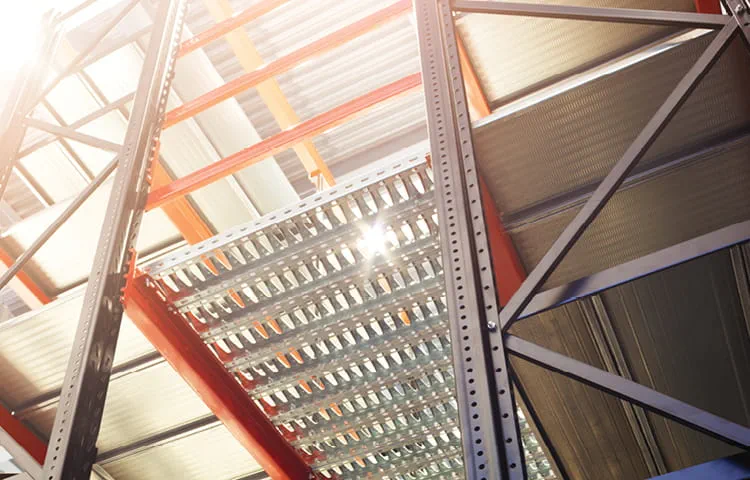Industrial Market Continued to Rebalance in 2025
In its November 2025 Labour Force Survey, Statistics Canada reported that Canadian employment levels increased for the third consecutive month, with an increase of 54,000 jobs. With little employment change from January to August, the cumulative increases in September, October and November 2025 have totaled 181,000. Following a 20-basis point (bps) decrease in the unemployment rate in October, the unemployment rate fell by 40 bps to 6.5% in November. Employment in the transportation and warehousing sector was relatively flat in comparison to last month; however, employment has grown by 3.4% over the last 12 months. Employment in manufacturing did witness a decline from October 2025 but did expand in comparison to one-year-ago, albeit minimal, at 1.0%.
The Canadian industrial market continued its path toward stabilization in Q4 2025, with the national vacancy rate settling at 5.5%. Although vacancy edged up slightly on a quarter-over-quarter (QOQ) basis throughout 2025, the increase was modest—just 10 bps each quarter since Q2 2025—reflecting a broadly steady environment across major markets. This measured pace of change underscores a resilient industrial sector, with most regions experiencing only minor fluctuations in vacancy throughout the year.
Net absorption gained momentum in the latter half of 2025, totaling 7.9 million square feet (msf) over the final two quarters, a sharp rebound from the negative 1.1 msf recorded in the first six months of the year. This brought the annual total to close to 6.9 msf. Toronto led the national recovery, contributing 5.8 msf of positive absorption in the second half of 2025, reaffirming its role as a key driver of industrial demand and occupancy growth.
The national average net asking rent closed the year at $15.11 per square foot, down 4.5% year-over-year (YOY). However, the rate of decline has slowed considerably since Q1 2025, averaging just 0.6% per quarter. Smaller-format spaces under 25k square feet (sf) remained sought-after and commanded higher rents, while larger blocks over 75k sf, more so in older properties, but in newer builds as well, have witnessed some downward pressure in asking rates.




